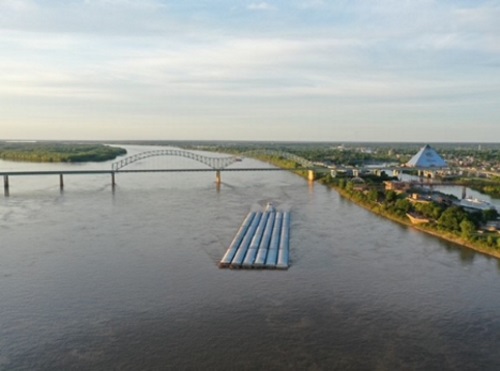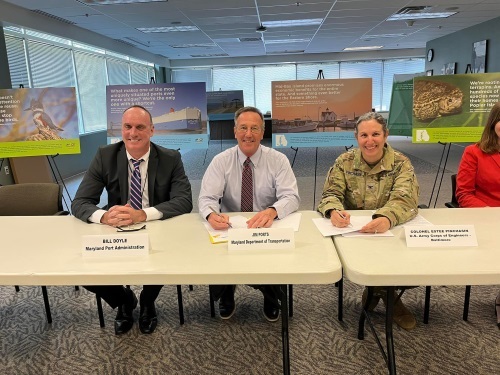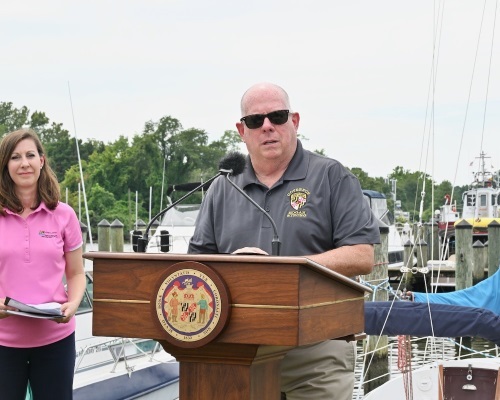FEDERAL ACTION
AASHTO Responds to Proposed NEVI Program Rulemaking – AASHTO Journal
USDOT Provides List of its Justice40 Initiative Programs – AASHTO Journal
Federally Funded Research to be Free and Publicly Accessible Under New White House Guidance – Nextgov
The EPA Just Quietly Got Stronger – The Atlantic
What is a 1,000-year flood? – US Geological Survey
COVID-19
COVID-19 Travel Reductions: Lessons for Relieving Traffic Congestion – Minnesota DOTCalifornia’s public bus and urban transit workers have caught COVID at a rate more than 5 times higher than all other industries, CDC report says – Business Insider
Cyclists, Pedestrians and Motorists Clash Over COVID Street Changes – Pew
NEPA
Why Doesn’t America Build Things? – Vice
INFRASTRUCTURE RESILIENCE AND SUSTAINABILITY
Oklahoma, Arkansas Forge Regional Mobility Hub Partnership – AASHTO Journal
Oregon DOT wants to use right-of-way for landslide control – News Times
Government Electric Vehicle Efforts Requires New Charging Infrastructure – Nextgov
Hundreds Sound Off at 1st Public Meeting Over Controversial Congestion Pricing Plan – WNBC-TV
Losing Your Neighborhood to Climate Change Is Sometimes Necessary – New York Times (Opinion)
AIR QUALITY
DC region leaders want to halve transportation emissions by 2030 despite road widening plans – Virginia Mercury
Could An Air Traffic Control System For The Oceans Help Cut Carbon Emissions? – Forbes
NREL’s 6th Partner Forum Digs Deep on Sustainable Aviation Opportunities – National Renewable Energy Laboratory
USDA Begins Accepting Applications for $100 Million in Biofuel Infrastructure Grants – Department of Agriculture (Media release)
ENVIRONMENTAL JUSTICE
Colorado Travel Website Designed To Cater To People With Disabilities, Mobility Limitations – OutThere Colorado
Transit Equity Builds Communities – The Wilderness Society (blog)
TDOT Makes Accessibility Improvements at Tennessee Rest Areas and Welcome Centers Tennessee DOT – (Media release)
NATURAL RESOURCES
Bloomington Parks and Recreation looking for Weed Wranglers – WBIW Radio
CULTURAL RESOURCES
NYC DOT Reinstalls Chinatown Bilingual Street Signs – Bowery Boogie
HEALTH AND HUMAN ENVIRONMENT/ACTIVE TRANSPORTATION
First coast-to-coast trail would be boon for Indiana pathways – News and Tribune
How Five U.S. Cities Built 335 Miles of Bike Lanes in 24 Months – Next City
Fully accessible trail coming to Burlington County, New Jersey – Burlington County Times
Indiana NAACP leaders express concerns over new infrastructure plan – WFIE-TV
TRB RESOURCES/ANNOUNCEMENTS
‘A Marathon, Not a Sprint’ – How Can Cities Reduce Greenhouse Gas Emissions and Also Improve Mobility? – National Academies of Sciences, Engineering, and Medicine
FEDERAL REGISTER NOTICES
Removal of the Reformulated Gasoline Program From the Southern Maine Area – EPA (Final rule)
Request for Nominations of Candidates for the National Environmental Education Advisory Council – EPA (Notice)
Air Carrier Access Act Advisory Committee; Solicitation for Nominations – Office of the Secretary USDOT – (Solicitation of memberships for appointment)
Pipeline Safety: Safety of Gas Transmission Pipelines: Repair Criteria, Integrity Management Improvements, Cathodic Protection, Management of Change, and Other Related Amendments – Pipeline and Hazardous Materials Safety Administration (Final rule)
Hazard Mitigation Assistance Program and Policy Guide – FEMA (Notice, request for comments)
Port Access Route Study: The Pacific Coast From Washington to California – DHS (Notice of availability of draft study and request for comments)
Louisiana Trustee Implementation Group; Deepwater Horizon Oil Spill Draft Phase 2 Restoration Plan/Environmental Assessment #7.1: Terrebonne HNC Island Restoration Project – Department of the Interior (Notice of availability; request for public comments)
Tribal Tourism Grant Program; Solicitation of Proposals – Bureau of Indian Affairs (Notice)
Abandoned Mine Land Reclamation Fee – Office of Surface Mining Reclamation and Enforcement (Final rule)
Request for Statements of Interest Regarding the WAPA Transmission System in the Area of Boulder City, Nevada – Western Area Power Administration (Request for statements)
Public Meeting of the National Geospatial Advisory Committee – Geological Survey (Notice)
Notice of Intent To Amend the Taos Resource Management Plan and Prepare an Environmental Assessment for the Proposed Recreational Shooting Range Project on Public Lands in Santa Fe County – Bureau of Land Management (Notice of intent)
Establishing an Advisory Council Pursuant to the National Marine Sanctuaries Act and Solicitation for Applications for the Wisconsin Shipwreck Coast National Marine Sanctuary Advisory Council – Office of National Marine Sanctuaries (Notice of solicitation)



